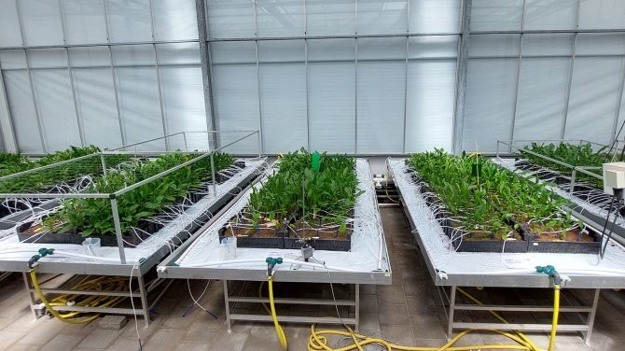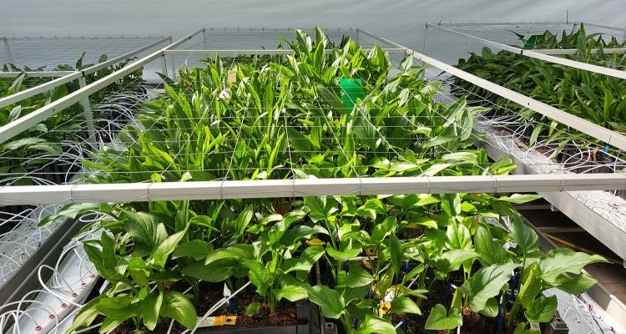About 25% of the bulbs were large enough for the market. The rest were grown in the field for another year; however, they were resilient enough to defend themselves against diseases and pests. The new cultivation method, therefore ensures fast cultivation with fewer resources and minimal energy consumption.
Source: wur.nl
The cultivation of Zantedeschia tubers can be shortened considerably by growing in a greenhouse. A proportion of the tubers are ready for sale after 1 year instead of after approximately 3 years. This new cultivation method also means that minimum chemicals are needed for crop protection, as the Greenhouse Horticulture & Flower Bulbs Business Unit of Wageningen University & Research discovered in a PPP project.

